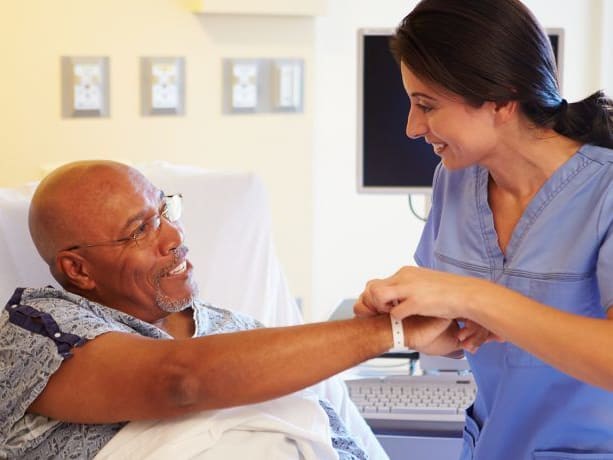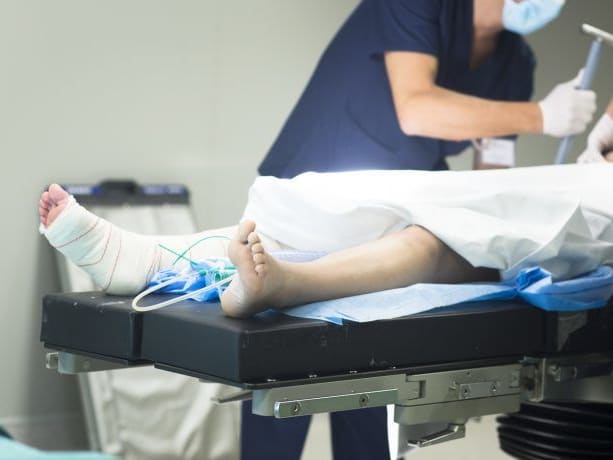How can groups make good decisions?
A newly revised version of the Declaration of Geneva was adopted by the World Medical Association (WMA) General Assembly on October 14, 2017, in Chicago.
As the contemporary
successor to the 2500-year-old Hippocratic Oath, the Declaration of
Geneva, which was adopted by the World Medical Association (WMA) at its
second General Assembly in 1948,1
outlines in concise terms the professional duties of physicians and
affirms the ethical principles of the global medical profession. The
current version of the Declaration, which had to this point been amended
only minimally in the nearly 70 years since its adoption, addresses a
number of key ethical parameters relating to the patient-physician
relationship, medical confidentiality, respect for teachers and
colleagues, and other issues. A newly revised version adopted by the WMA
General Assembly on October 14, 2017, includes several important
changes and additions (Supplement).
World Medical Association Declaration of Geneva
- The Physician’s Pledge
- Adopted by the 2nd General Assembly of the World Medical Association, Geneva, Switzerland, September 1948
and amended by the 22nd World Medical Assembly, Sydney, Australia, August 1968
and the 35th World Medical Assembly, Venice, Italy, October 1983
and the 46th WMA General Assembly, Stockholm, Sweden, September 1994
and editorially revised by the 170th WMA Council Session, Divonne-les-Bains, France, May 2005
and the 173rd WMA Council Session, Divonne-les-Bains, France, May 2006
and the WMA General Assembly, Chicago, United States, October 2017 - AS A MEMBER OF THE MEDICAL PROFESSION:
- I SOLEMNLY PLEDGE to dedicate my life to the service of humanity;
- THE HEALTH AND WELL-BEING OF MY PATIENT will be my first consideration;
- I WILL RESPECT the autonomy and dignity of my patient;
- I WILL MAINTAIN the utmost respect for human life;
- I WILL NOT PERMIT considerations of age, disease or disability, creed, ethnic origin, gender, nationality, political affiliation, race, sexual orientation, social standing, or any other factor to intervene between my duty and my patient;
- I WILL RESPECT the secrets that are confided in me, even after the patient has died;
- I WILL PRACTISE my profession with conscience and dignity and in accordance with good medical practice;
- I WILL FOSTER the honour and noble traditions of the medical profession;
- I WILL GIVE to my teachers, colleagues, and students the respect and gratitude that is their due;
- I WILL SHARE my medical knowledge for the benefit of the patient and the advancement of healthcare;
- I WILL ATTEND TO my own health, well-being, and abilities in order to provide care of the highest standard;
- I WILL NOT USE my medical knowledge to violate human rights and civil liberties, even under threat;
- I MAKE THESE PROMISES solemnly, freely, and upon my honour.©2017 World Medical Association Inc. All Rights Reserved. All intellectual property rights in the Declaration of Geneva are vested in the World Medical Association.
It is standard practice for the WMA to circulate its
policy papers for review every 10 years to reevaluate the accuracy,
essentiality, and relevance of the documents. The Declaration of Geneva
is no exception. In 2016 (10 years following the most recent editorial
revision of the Declaration), the WMA established an international
workgroup to assess the Declaration of Geneva’s content, structure,
audience, and implementation and to determine whether any amendments
were necessary. Given the crucial nature of this document, the assigned
workgroup charted a generous timeline of nearly 2 years to allow ample
opportunity to gather feedback and suggestions not only from member
national medical associations, but also from external experts. The goal
in doing so was to ensure that the revision was as transparent and
collaborative an effort as possible.
Chaired by the German Medical Association and composed
of workgroup members of different cultural, religious, and racial
backgrounds, the workgroup tasked with determining the need for a
revision carefully considered the Declaration in light of modern
developments in medicine and medical ethics, as well as in the context
of other important WMA policies and respected international literature.
The workgroup also based its recommendations on comments solicited from
WMA members on several occasions (most recently in July and August
2017), as well as a 3-week public consultation carried out in May and
June 2017, during which the draft version of the revised Declaration was
published on the WMA website and distributed to an international
network of experts and stakeholders for comment. Each comment received
over the course of the revision process was carefully reviewed by
workgroup members and considered for inclusion in the revised draft.
The most notable difference between the Declaration of
Geneva and other key ethical documents, such as the WMA’s Declaration of
Helsinki: Ethical Principles for Medical Research Involving Human
Subjects2 and the Declaration of Taipei on Ethical Considerations Regarding Health Databases and Biobanks,3
was determined to be the lack of overt recognition of patient autonomy,
despite references to the physician’s obligation to exercise respect,
beneficence, and medical confidentiality toward his or her patient(s).
To address this difference, the workgroup, informed by other WMA
members, ethical advisors, and other experts, recommended adding the
following clause: “I WILL RESPECT the autonomy and dignity of my
patient.” In addition, to highlight the importance of patient
self-determination as one of the key cornerstones of medical ethics, the
workgroup also recommended shifting all new and existing paragraphs
focused on patients’ rights to the beginning of the document, followed
by clauses relating to other professional obligations.
To more explicitly invoke the standards of ethical and
professional conduct expected of physicians by their patients and peers,
the clause “I WILL PRACTISE my profession with conscience and dignity”
was augmented to include the wording “and in accordance with good
medical practice.”
A reevaluation of how the professional obligations of
physicians are represented in the Declaration of Geneva would not be
complete without considering increasing workload, occupational stress,
and the potential adverse effects these factors can have on physicians,
their health, and their ability to provide care of the highest standard.
In light of feedback received in the survey of WMA members, along with
the recommendations outlined in the recently adopted WMA Statement on
Physician Well-Being,4
workgroup members incorporated the concept of physician well-being into
the revised Declaration as follows: “I WILL ATTEND TO my own health,
well-being, and abilities in order to provide care of the highest
standard.” This clause reflects not only the humanity of physicians, but
also the role physician self-care can play in improving patient care.
With regard to professional relationships, previous
versions of the Declaration called for students to respect their
teachers, but deviated from the Hippocratic Oath, which calls for mutual
respect between teachers and students. The workgroup agreed to
integrate this idea of reciprocity of respect and to add a reference to
respect for colleagues—“I WILL GIVE to my teachers, colleagues, and
students the respect and gratitude that is their due”—to replace the
line “MY COLLEAGUES will be my sisters and brothers,” which has been
removed in the current draft because the tone was considered outdated.
To complement this principle, the workgroup also added a clause
referring more explicitly to the obligation to teach and forward
knowledge to the next generation of physicians.
These and other editorial amendments, including the
addition of a subtitle identifying the Declaration as a “Physician’s
Pledge,” have enabled this pivotal document to more accurately reflect
the challenges and needs of the modern medical profession. It is the
hope of the World Medical Association that this thorough revision
process and follow-up advocacy efforts will lead to more widespread
adoption of the Declaration of Geneva on a global scale.
Published Online: October 14, 2017. doi:10.1001/jama.2017.16230
Conflict of Interest Disclosures:
The author has completed and submitted the ICMJE Form for Disclosure of
Potential Conflicts of Interest and reported nonfinancial support from
the World Medical Association.
Additional Contributions:
I thank the Declaration of Geneva workgroup members, advisors, and
observers for their commitment and valuable contributions throughout the
revision process.
References
1.
World Medical Association Declaration of Geneva. https://www.wma.net/policies-post/wma-declaration-of-geneva/. Published May 2006. Accessed October 5, 2017.
2.
World
Medical Association. World Medical Association Declaration of
Helsinki: ethical principles for medical research involving human
subjects. JAMA. 2013;310(20):2191-2194.PubMedGoogle ScholarCrossref
3.
World Medical Association Declaration of Taipei on Ethical Considerations Regarding Health Databases and Biobanks. https://www.wma.net/policies-post/wma-declaration-of-taipei-on-ethical-considerations-regarding-health-databases-and-biobanks/. Published October 2016. Accessed October 2, 2017.
4.
World Medical Association Statement on Physician Well-Being. https://www.wma.net/policies-post/wma-statement-on-physicians-well-being/. Published October 2015. Accessed October 5, 2017.


















